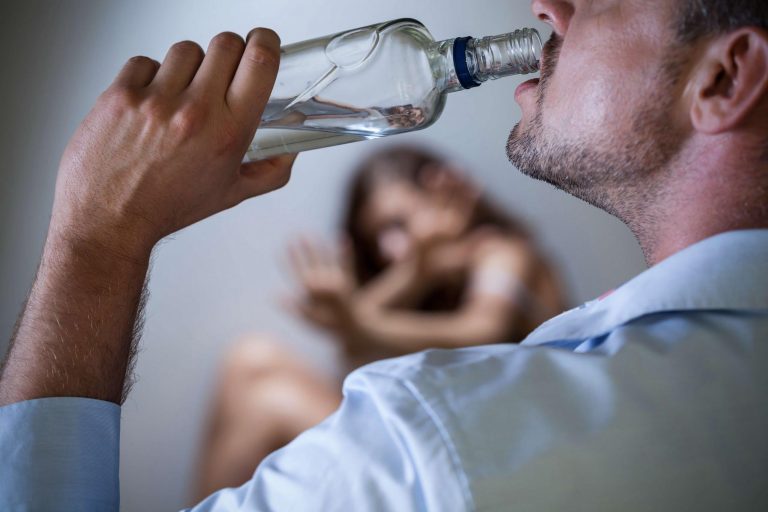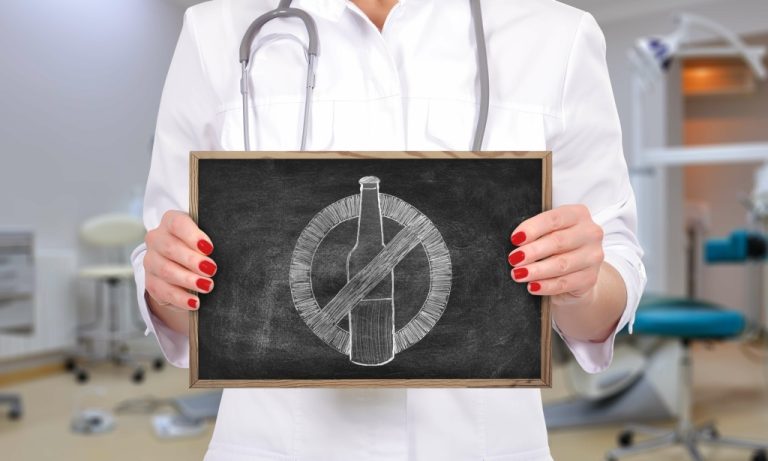Promosyon avcıları için Paribahis kampanyaları büyük bir fırsat sunuyor.
Cep telefonlarından sorunsuz işlem yapmak için casino oyunları sistemi tercih ediliyor.
Gerçek casino atmosferini hissetmek isteyenler paribahis giriş seçeneklerine yöneliyor.
Engellemelere rağmen erişim sağlamak için güvenli bahis kullanılıyor.
Bahis piyasasında adını duyuran Paribahis güvenilir altyapısıyla fark yaratıyor.
Gelişmiş arayüzüyle Bahsegel versiyonu bahisçiler için beklentileri yükseltiyor.
Adres güncellemeleri düzenli takip edilerek Bahsegel giriş üzerinden güvenli bağlantı kuruluyor.
Oyuncular hızlı oturum açmak için Paribahis bağlantısına tıklıyor.
Kampanya severler için hazırlanan Bettilt seçenekleri cazip hale geliyor.
Oyuncular hızlı oturum açmak için Bettilt bağlantısına tıklıyor.
Adres değişikliklerinde kesintisiz bağlantı için Bahsegel kullanılmalı.
Oyuncular için güvenin simgesi haline gelen paribahis giriş politikaları memnuniyet sağlıyor.
Kullanıcıların sisteme anında erişebilmesi için Bahsegel sayfası sürekli olarak optimize ediliyor.
Online oyun keyfini artırmak isteyenler Bahsegel giriş seçeneklerini değerlendiriyor.
Bahis dünyasına yeni başlayanlar için Bettilt rehber sayfaları oldukça faydalı bilgiler içeriyor.
Basketbol tutkunları için en iyi kupon fırsatları Bettilt sayfasında yer alıyor.
Tenis ve voleybol gibi farklı spor dallarında Bahsegel giriş fırsatları bulunuyor.
The AVE is a complex interplay of cognitive, emotional, and motivational factors that contribute to intense negative reactions following a perceived violation of self-imposed rules or goals. Understanding the underlying mechanisms can help individuals in recovery develop strategies to manage the AVE effectively and promote resilience in maintaining their desired behaviors. Practicing healthy coping strategies, making appropriate lifestyle changes, and getting outside support may help to prevent relapse and maintain mental well-being. Being able to understand how your thoughts, emotions, and behaviors play off of each other can help you to better control and respond to them in a positive way.
2. Established treatment models compatible with nonabstinence goals
Overall, however, research findings support both the overall model of the relapse process and the effectiveness of treatment strategies based on the model. Relapse, or the return to heavy alcohol use following a https://shibrid.es/how-long-to-detox-from-alcohol-timeline-explained/ period of abstinence or moderate use, occurs in many drinkers who have undergone alcoholism treatment. Traditional alcoholism treatment approaches often conceptualize relapse as an end-state, a negative outcome equivalent to treatment failure.
Who might experience the AVE?
- Those measures do not necessarily indicate, however, whether a client is actually able or willing to use his or her coping skills in a high-risk situation.
- The abstinence violation effect, along with positive outcome expectancies, can increase the probability of a relapse.
- Some people feel more comfortable or supported by meeting with this type of professional in person.
- Indeed, this argument has been central to advocacy around harm reduction interventions for people who inject drugs, such as SSPs and safe injection facilities (Barry et al., 2019; Kulikowski & Linder, 2018).
The Minnesota Model involved inpatient SUD treatment incorporating principles of AA, with a mix of professional and peer support staff (many of whom were members of AA), and a requirement that patients attend AA or NA meetings as part of their treatment (Anderson, McGovern, & DuPont, 1999; McElrath, 1997). This model both accelerated the spread of AA and NA and helped establish the abstinence-focused 12-Step program at the core of mainstream addiction treatment. By 1989, treatment center referrals accounted for 40% of new AA memberships (Mäkelä et al., 1996).
Stimulus-Control Techniques
About 26% of all U.S. treatment episodes end by individuals leaving the treatment program prior to treatment completion (SAMHSA, 2019b). Studies which have interviewed participants and staff of SUD treatment centers have cited ambivalence about abstinence as among the top reasons for premature treatment termination (Ball, Carroll, Canning-Ball, & Rounsaville, 2006; Palmer, Murphy, Piselli, & Ball, 2009; Wagner, Acier, & Dietlin, 2018). One study found that among those who did not complete an abstinence-based (12-Step) SUD treatment program, ongoing/relapse to substance use was the most frequently-endorsed reason for leaving treatment early (Laudet, Stanick, & Sands, 2009).
- Data on age, gender, ethnicity, education, and income were collected, as were measures of daily smoking rate, number of past quit attempts, and the Fagerstrom Test for Nicotine Dependence (FTND; Heatherton, Kozlowski, Frecker & Fagerstrom, 1991).
- The AVE in addiction is systemic, and some experts believe that too few treatment modalities identify both the mechanisms that lead to addictive disorders and the ones that keep them in place, even years after a client seems to have recovered.
- This suggests that smokers should be encouraged to remain on treatment even after they have lapsed, at least through the first 8–10 lapses, while persisting in efforts to recover abstinence as soon as possible.
- However, RPM interventions have generally failed to improve smoking cessation outcomes (Irvin et al., 1999; Lancaster et al., 2006).

Without addressing the impact that AVE has, it can inhibit the ability to achieve recovery goals. If you were initially treated for an addiction disorder, that therapist can provide additional help. Some people feel more comfortable or supported by meeting with this type of professional in person. If you prefer receiving this type of support from the comfort of your own home, you drug addiction treatment might consider working with a therapist virtually.
- Although many researchers and clinicians consider urges and cravings primarily physiological states, the RP model proposes that both urges and cravings are precipitated by psychological or environmental stimuli.
- In addition to issues with administrative discharge, abstinence-only treatment may contribute to high rates of individuals not completing SUD treatment.
- In sum, research suggests that achieving and sustaining moderate substance use after treatment is feasible for between one-quarter to one-half of individuals with AUD when defining moderation as nonhazardous drinking.
- Attributional, cognitive, and affective reactions to two successive binges, as well as the latencies between each binge and a subsequent binge, were evaluated through a series of structured phone interviews with 50 nonpurging normal-weight female bingers.
Models of nonabstinence psychosocial treatment for SUD
This can lead to a full relapse by making someone believe that because they’ve already messed up, there is no hope of achieving sobriety. Having a solid support system of friends and family who are positive influences can help you to remain steady within your recovery. Access to aftercare support and programs can also help you to avoid and recover from the AVE. Realistic—Although I had a setback, I did not lose the gains that I have made in the past months. CP conceptualized the manuscript, conducted literature searches, synthesized the literature, and wrote the first draft of the manuscript. SD assisted with conceptualization of the review, and SD and KW both identified relevant literature for the review and provided critical review, commentary and revision.

Combating the AVE
More and abstinence violation effect more, behavioral health organizations are moving away from “kicking people out of treatment” if they return to substance use. This type of policy is increasingly recognized as scientifically un-sound, given that continued substance use despite consequences is a hallmark symptom of the disease of addiction. Although it may be helpful for treatment centers to incorporate small penalties or rewards for specific client behaviors (for example, as part of a contingency management program), enforcing harsh consequences when clients do not maintain total abstinence will only exacerbate the AVE.
RP Intervention Strategies
Multiple versions of harm reduction psychotherapy for alcohol and drug use have been described in detail but not yet studied empirically. However, to date there have been no published empirical trials testing the effectiveness of the approach. Marlatt and Gordon (1980, 1985) have described a type of reaction by the drinker to a lapse called the abstinence violation effect, which may influence whether a lapse leads to relapse. This reaction focuses on the drinker’s emotional response to an initial lapse and on the causes to which he or she attributes the lapse. People who attribute the lapse to their own personal failure are likely to experience guilt and negative emotions that can, in turn, lead to increased drinking as a further attempt to avoid or escape the feelings of guilt or failure. In contrast to the former group of people, the latter group realizes that one needs to “learn from one’s mistakes” and, thus, they may develop more effective ways to cope with similar trigger situations in the future.
0 Comments